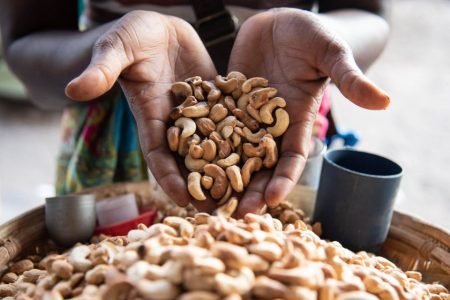China was Angola’s main source of imports in the second quarter of 2022, with a 14.3 per cent share, marginally ahead of Portugal, according to official data.
National Bank of Angola (BNA) data shows that imports from Portugal were 11.6 per cent of the total, ahead of the Republic of Korea (10.3 per cent), the Netherlands (10.1 per cent) and India (8 per cent).
Regarding the origin of foreign direct investment destined for the oil sector, the United States, France and Italy stood out in the reporting period.
As for investment in the non-oil sector, the main contenders were South Africa, Belarus, Portugal and China.
According to BNA data, Angola’s balance of payments current account had a surplus of around US$3.5 billion, equivalent to 10.8 per cent of GDP, a decrease of 26.7 per cent in relation to the previous quarter.
The decline in the current account was driven by the increase in imports of goods and services, as well as the worsening of the deficit in income and current transfers, despite the increase in exports of goods, but at a much lower magnitude, the national bank said.
The value of imports of goods, in the second quarter of 2022, was US$4.5 billion against the US$3.7 billion of the previous quarter, a growth of 21.8 per cent.
In all categories of goods, with an emphasis on fuels and machinery, mechanical and electronic appliances, there was an increase in imports.
The majority of current consumption goods continue to be imported, with a weight of 67.6 per cent of the total value, followed by capital goods with 22.5 per cent and intermediate consumption goods with only 10.0 per cent, BNA adds.






